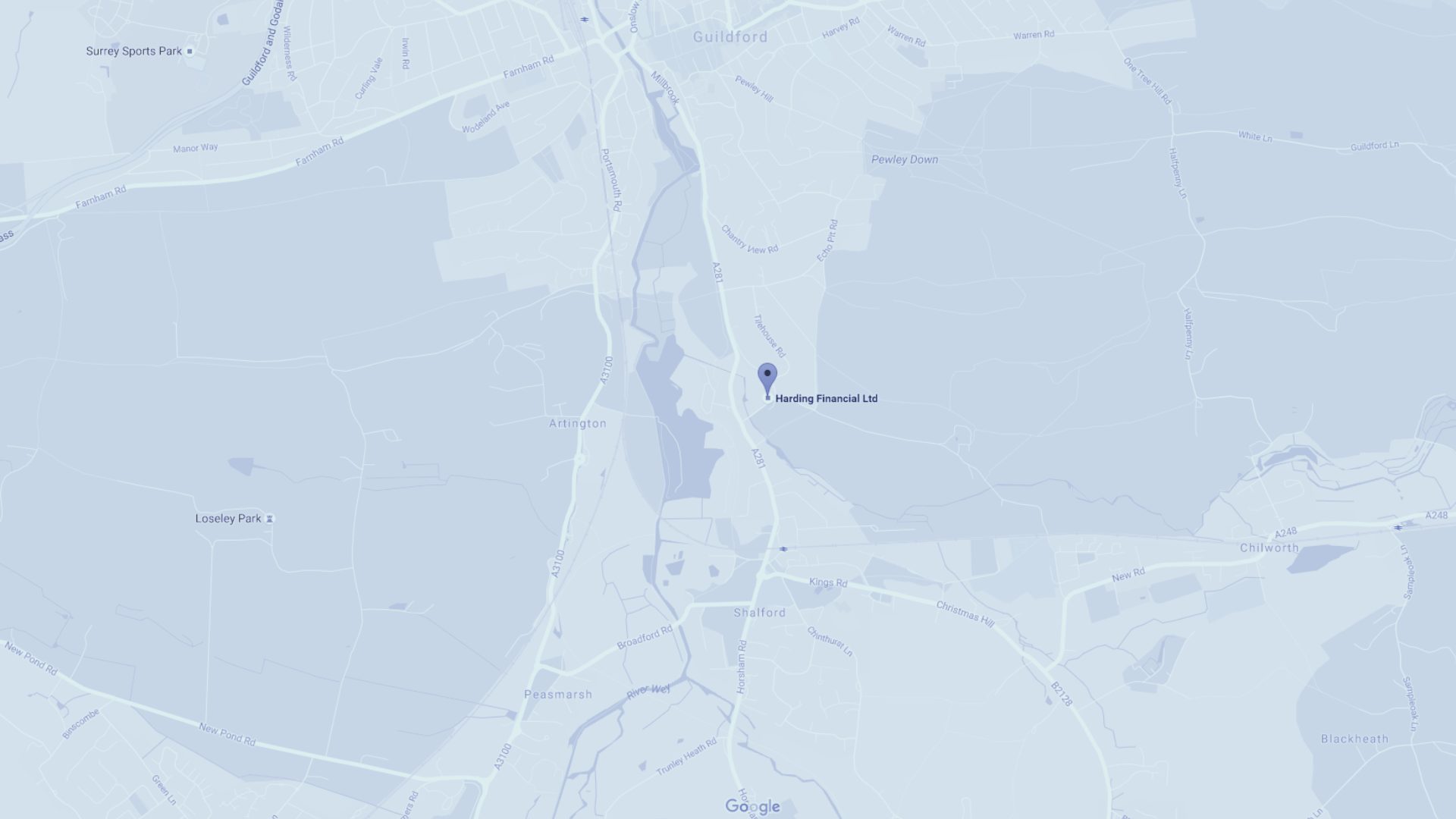Tax Year End - time is running out for the 5th April deadline!
While it may seem a long way off, the end of the tax year is actually just around the corner. This means that time is running out to use your valuable tax allowances and exemptions!
Tax Year End - time is running out for the 5th April deadline!
At Harding Financial we have already been hard at work helping our clients to organise their investments in the most tax-efficient way and we have highlighted below a couple of key areas that we feel should be considered by every investor this tax year.
Invest in an ISA
ISAs are one of the simplest ways to save and invest. They have also become more and more attractive, as since their launch, the annual allowance has steadily increased and individuals can now invest up to £20,000 in an ISA. This means that couples can contribute £40,000 between them into ISAs and shelter their capital from the taxman immediately.
The annual dividend allowance being cut from £5,000 to just £2,000, with effect from 6th April 2018 shows just how valuable the ISA’s tax benefits are. Investments in an ISA are free from UK income tax and capital gains tax.
It’s important to make use of tax shelters like your ISA. But what if you don’t have the spare cash to invest?
There’s no need to miss out – for many of our clients we arrange for them to top up their ISA’s each year using funds or shares they already own.
It’s called a ‘Bed & ISA’ and a couple of the benefits of this exercise are shown below;
- Once held inside an ISA, investments are free from UK income and capital gains tax.
- Selling investments outside of an ISA may realise a capital gain, which could allow you to take advantage of your £11,300 capital gains allowance – the amount of profits you can realise this tax year without paying capital gains tax.
Make a pension contribution
A pension is one of the most tax-efficient ways to save for retirement as pensions can grow free of UK capital gains and UK income tax. In addition, pensions are usually treated as being outside of your estate when it comes to calculating inheritance tax.
Money held in a pension is locked away for retirement. You can normally start making withdrawals from age 55 (57 from 2028), usually up to 25% tax free and the rest taxed as income.
Pensions are more attractive than ever as you now have the flexibility to make unlimited withdrawals. Anything you don’t withdraw can be passed on to your family, sometimes without any tax. Please note though that all tax rules can change.
What’s more, all UK residents under 75 can benefit from 20% tax relief (up to their annual pension allowance), even if they don’t pay tax. This means for every £100 contributed, the government automatically pays £20. As shown below, some investors can benefit from even more tax relief.
When an investor under 75 adds money to a pension, they automatically receive a boost from the government, which pays 20%. Hence to have £10,000 in your pension, you only need to pay £8,000.
In addition, higher-rate taxpayers can then claim back up to an extra 20% via their tax return. So £10,000 in a pension could effectively cost as little as £6,000. Top-rate taxpayers can claim back more: up to an extra 25%, reducing the effective cost of the £10,000 contribution to as little as £5,500. Please note that you must pay enough tax at the higher/top rate to be able to claim back the full amount.
How much can I contribute?
The general rule is you can contribute as much as you earn. You should also check that your total contributions this tax year, including any made by your employer, are within the annual allowance. This is £40,000 for most people, but can be as low as £4,000 if you have already accessed a pension or £10,000 if you are a high earner.
Non-earners can also benefit – even if you have already retired. You could contribute up to £3,600, receiving up to £720 (20%) tax relief.
The value of any reliefs or benefits will depend on your circumstances and there are other factors that might determine how much you can invest but don’t worry as your adviser at Harding will be able to help you navigate these rules and to make sure that you are making the most of these tax allowances.
Should I top up my ISA or Pension?
Clearly this will depend upon your individual circumstances and there are a number of factors to take into account when you're deciding whether to put money into a pension or an ISA. These include accessibility, tax relief and inheritance rules.
Whilst an ISA offers you the flexibility to access your money at any time, you will be unable to draw on your pension until you’re 55 (rising to 57 from 2028). However, due to the upfront tax relief on pension contributions and the availability of tax free cash (usually 25%) when you access your pension, pensions are normally more tax efficient than ISAs.
Please note that this isn't always the case so please do speak to us so that we can provide you with the most suitable advice based on your personal circumstances and objectives. Just don’t leave it too long as the clock is already ticking and the end of the tax year is fast approaching.
Contact Us
Get in touch today
Call us, email, drop in, or fill in the form so that one of our expert advisers can be in touch.
We look forward to hearing from you and being your financial partner.
Guildford Office:
The Estate Yard
East Shalford Lane
Guildford
Surrey
GU4 8AE
London Office: c/o The Ministry, 79-81 Borough Rd, London, SE1 1DN
